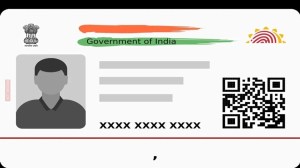-
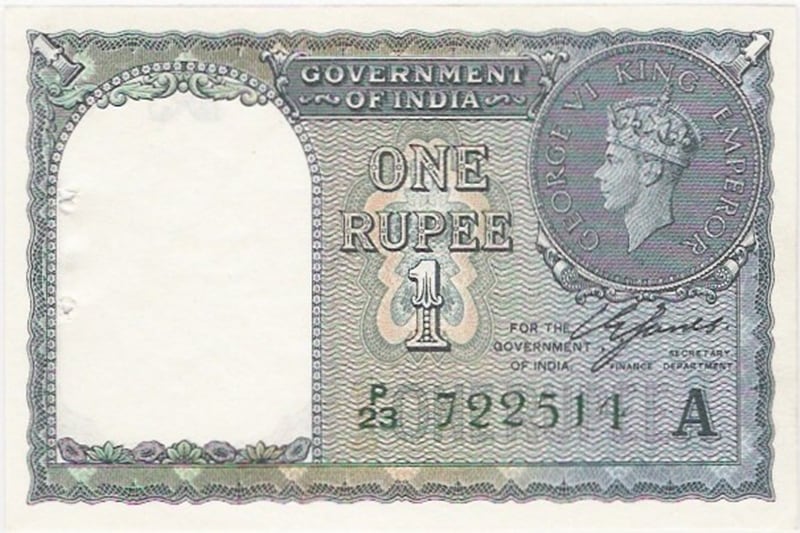
The genesis of Re 1 lies in the World War I where the inability to mint coins forced the then colonial authorities to shift to printing Re 1 notes in 1917. (Source: PTI)
-
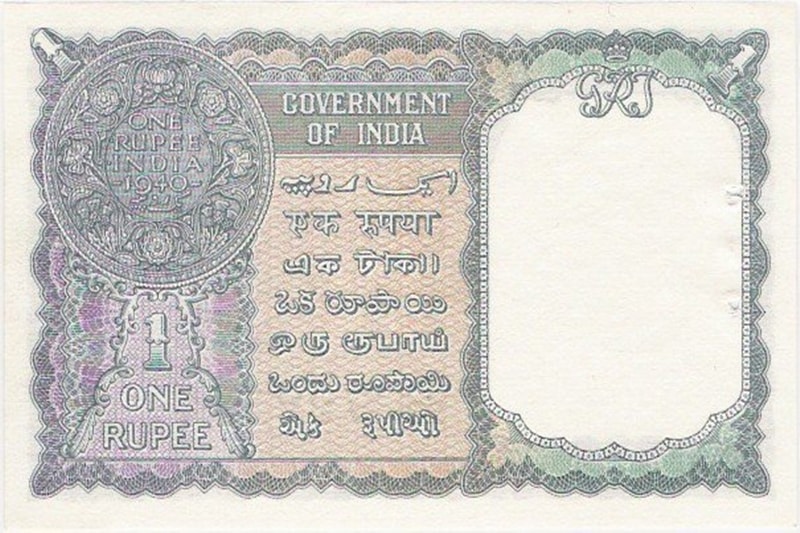
It was first introduced in 1917 with the photo of King George V on it but was discontinued due to "cost-benefit considerations". It got reintroduced in 1940, only to be discontinued in 1994 again. The little note got back again in 2015. (Source: PTI)
-
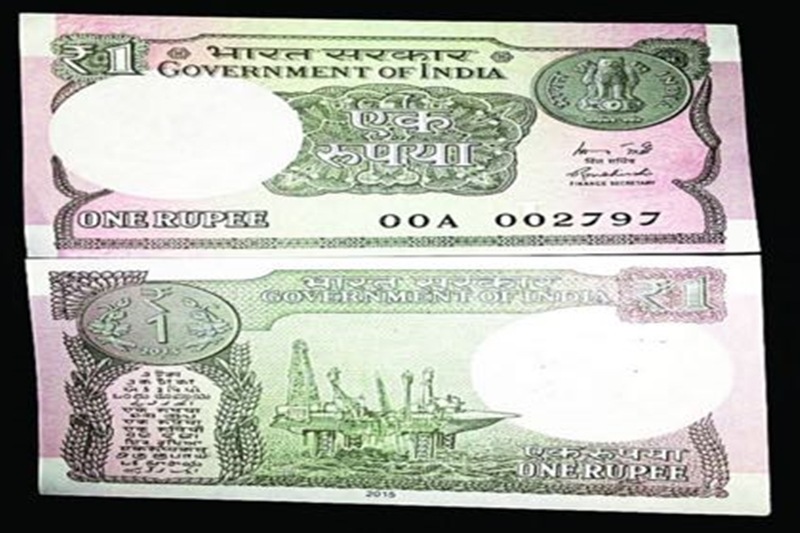
Till 1970, Indian One Rupee note was also used as a currency in Persian and Gulf countries such as Dubai, Bahrain, Muscat, Oman etc. If you have any of these notes, you could get a good amount in the current collectors market. (Source: RBI)
-
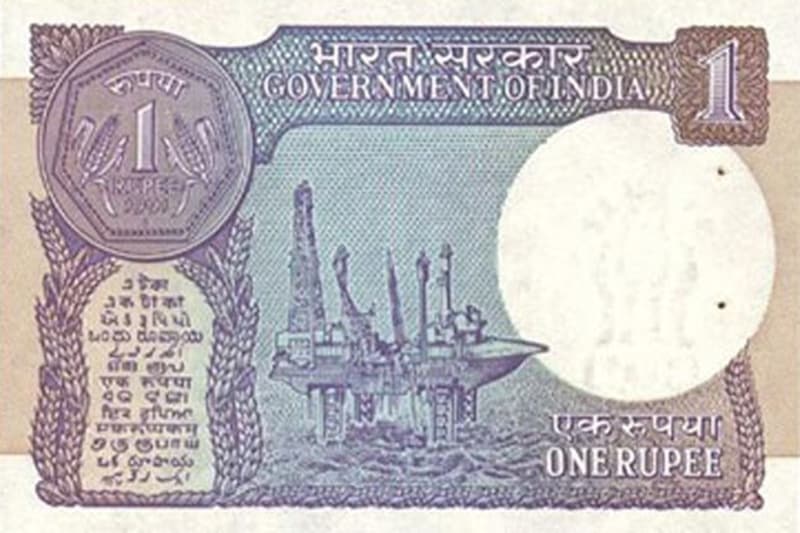
Post-Independence in India (August 15, 1947), the first One Rupee currency was issued in 1948. The note was different in size and colour with “One Rupee” written in eight Indian languages. However, Malayalam language was excluded, which was incorporated after the formation of Kerala state in 1956, as per the RBI website. (Source: RBI)
-
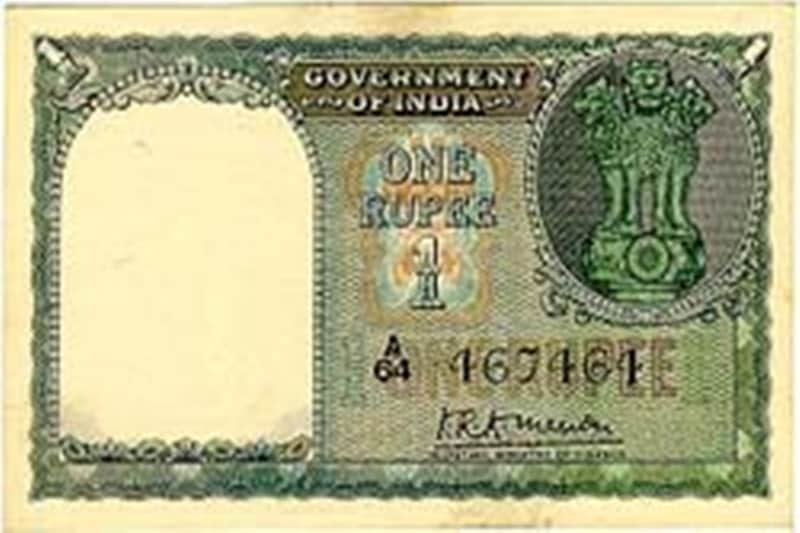
Re 1 note is issued by the Government of India and not the Reserve Bank and is the only ‘currency note’ or an asset, and not a ‘promissory note’, which is a liability. (Source: PTI)
-
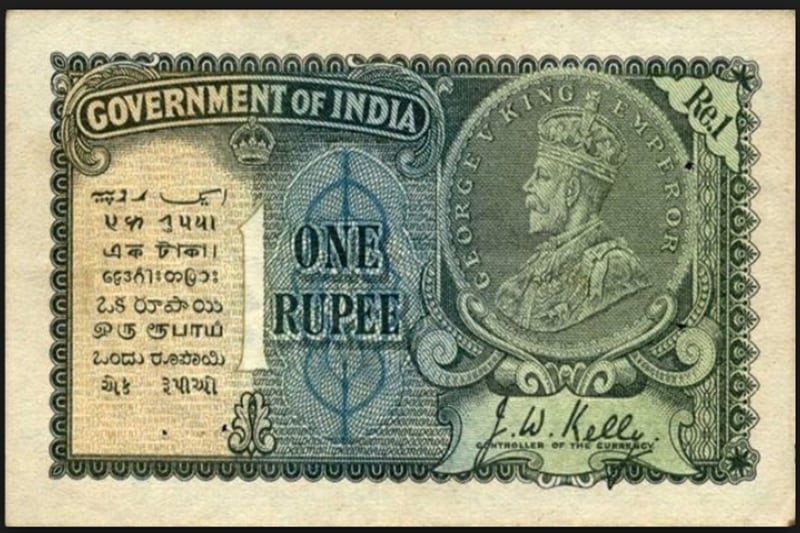
One Rupee Note is the only denomination note with the text “Government of India” printed on it. All other currencies have ‘Bharatiya Reserve Bank ‘and ‘Reserve Bank of India’ printed on them. (Source: RBI)
-
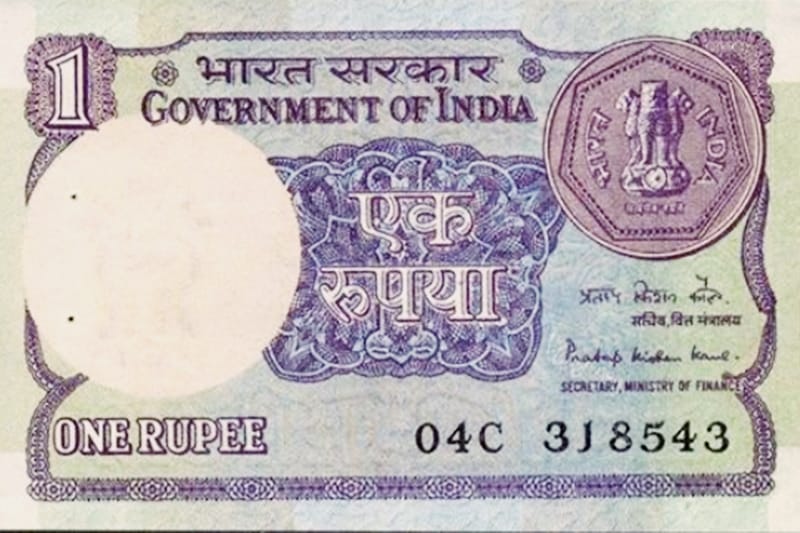
The new Star series of One Rupee Note was introduced in 2015. (Source: RBI)
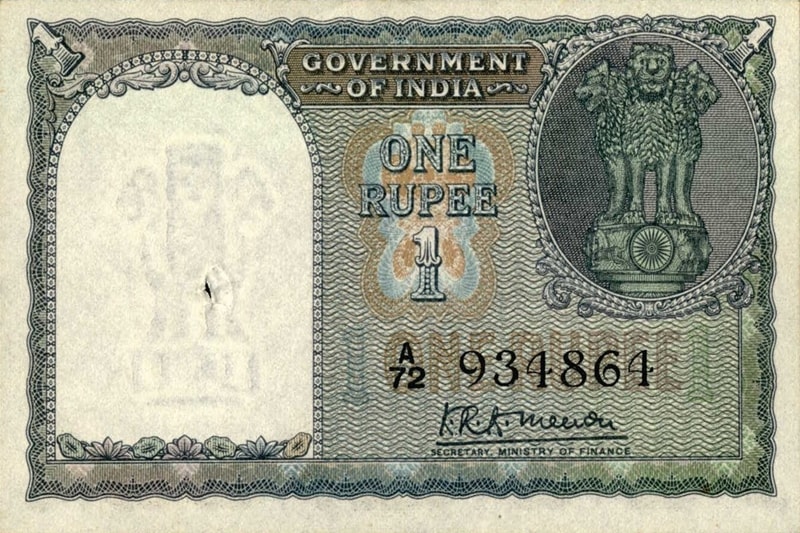
In 1969, the only One Rupee note featuring Gandhi, in a commemorative issue celebrating his birth centenary was issued. (Source: PTI)

RBL in talks to onboard 160 million Zerodha clients
